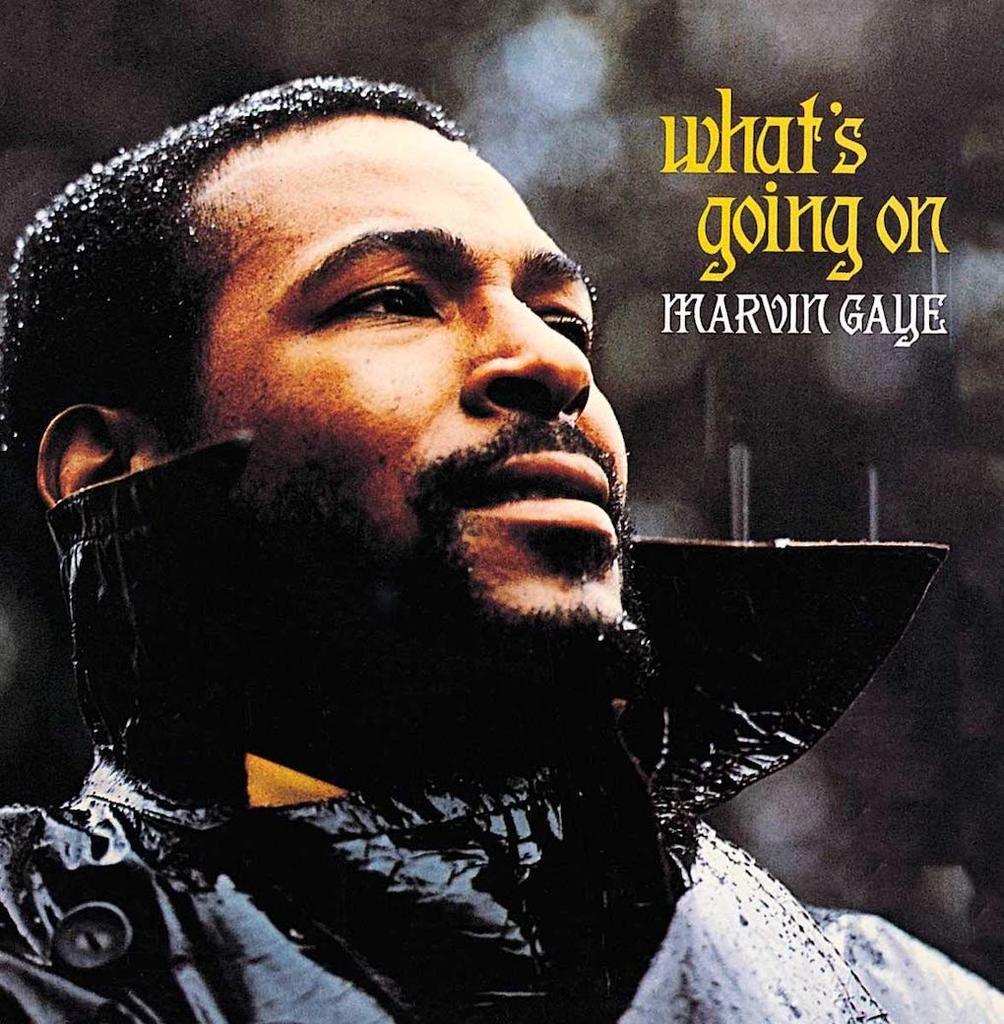- in Production by Bobby Owsinski
A Listen To The Rediscovered Multitrack Of Marvin Gaye’s “What’s Going On”

One of the great things about deconstructing classic hits is that you can clearly hear not only how they were put together, but how production techniques have changed through the years. A video that does this nicely is the one below, where you follow Motown historian Harry Weinger and Questlove of The Roots as they unpack classic tracks including Marvin Gaye’s 1971 chart-topper “What’s Going On” and The Supremes‘ 1966 hit “You Can’t Hurry Love.”
The original multitrack master of “What’s Going On” was thought to be lost, but Weinger tells the story about finding it on a mis-marked box. That happens a lot, as archivists will tell you. Those problems will probably worsen in the digital age, as archivists will have to dip into hard drives and mis-named files to actually find what they’re looking for.
The thing that I loved in this video is how loose the vocals were on “What’s Going On.” On some of the background parts you can hear Marvin giving instructions to the other vocalists. On other parts, the vocals are somewhat pitchy. That’s okay since they all work well within the track, which is the only thing that counts in the end.
Of course, the excellent group of Motown session players are about as good as it gets, but even within the basic track there’s a little looseness that we’d probably tighten up with editing today.
One thing to listen for is the drum beat for the song. You’ll be surprised to hear what was actually played once it’s broken down, as well as the percussion interaction with the drums.
Even better is when they take a look at the entire album and discovered that each song was cut one after the other. You’ll also hear about the two different versions of the hit, and the fight between Marvin and Motown founder Berry Gordy to release the song in the first place.
Towards the end of the video they take a quick listen to the Supreme’s hit “Can’t Hurry Love,” which you’ll find swings in a whole different way once it’s deconstructed.
I just love this kind of stuff, and I hope you do too. Enjoy!

